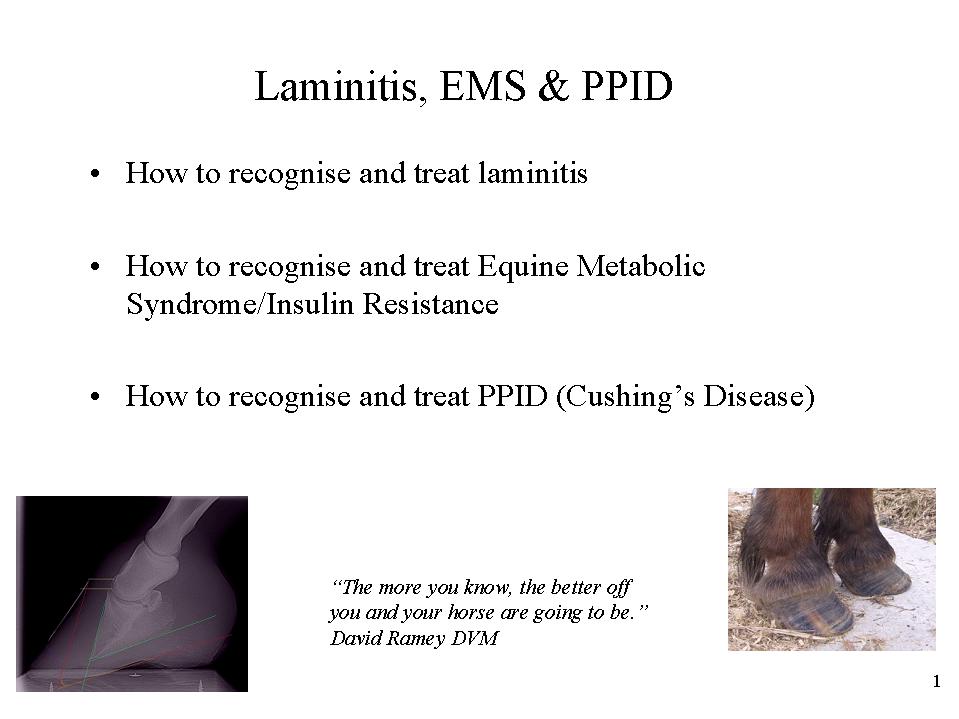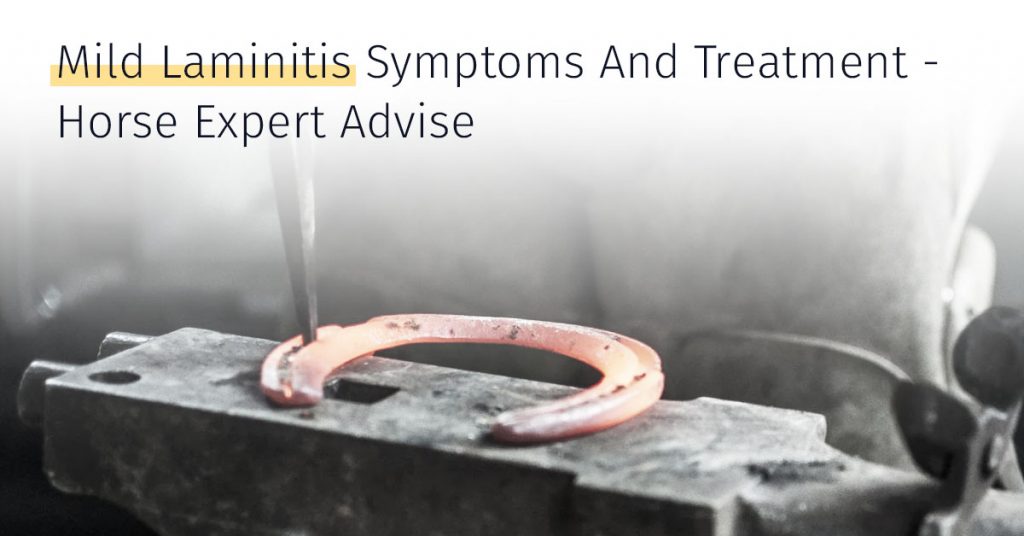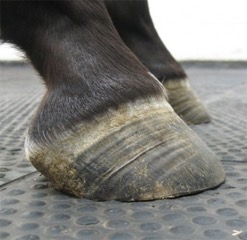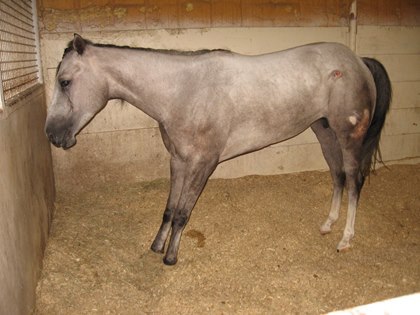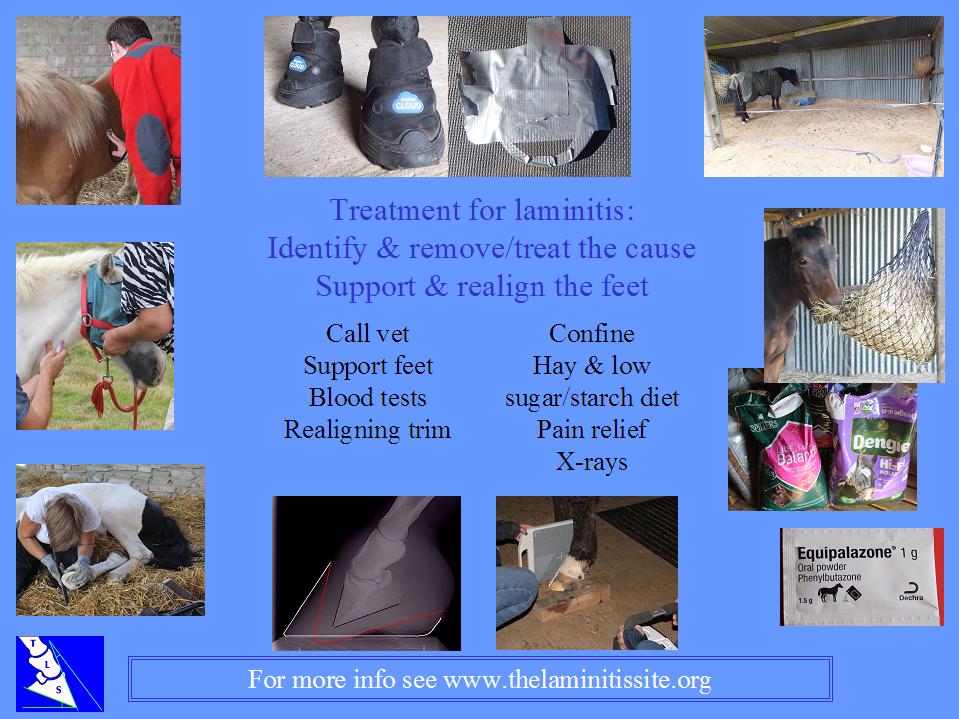Treating these horses involves a combination of many alternative and complementary modalities including acupuncture herbs homeopathy and the most important of all nutrition.
Treatment for mild laminitis.
For equine practitioners treating laminitis may seem like an unrewarding task that can leave patients unimproved or worse and clients overwhelmed.
There is no proven or consistent treatment for laminitis o grady said.
Diagnosing and treating the primary problem laminitis is often due to a systemic or general problem elsewhere in the horse s body.
So many treatment modalities drugs and over the counter supplements are available that it becomes frustrating just to develop a plan based on solid science.
Consequently treatment regimens for both acute and chronic laminitis generally remain empiric and are based on the past.
You can turn horses with mild laminitis out onto soft pasture with other animals to encourage them to keep moving.
Treatment will depend on specific circumstances but may include the following.
Treating these horses involves a combination of many alternative and complementary modalities including acupuncture herbs homeopathy and the most important of all nutrition.
Laminitis is a medical emergency and horses should be treated as soon as possible.
Vets may give non steroidal anti inflammatory drugs nsaids such as phenylbutazone or flunixin and opiates like morphine and pethidine.
The priority in the initial treatment of laminitis is to support the pedal bone to prevent rotation or sinking.
By joyce harman chronic laminitis can be a very difficult disease to treat however by using natural treatments the success rate increases significantly.
Unfortunately at this time there is simply no single optimum approach to rehabilitation for each horse.
Feed only grass hay until advised by your veterinarian.
Allow your horse to exercise to promote blood circulation.
Horses with laminitis can be difficult to take treat and rehabilitate even under the best of circumstances.
Successful treatment is dependent on.
Laminitis is a humbling disease and anyone who claims universal success simply hasn t treated enough horses.
Stop feeding all grain based feeds and pasture.
The horse needs to be stabled on a deep shavings bed in order that the bedding packs up under the foot to provide further support and cushioning.
Recognising that the horse has laminitis.
Wild horses recover by keeping moving with the herd which promotes blood circulation in the hoof and helps remove toxins.

